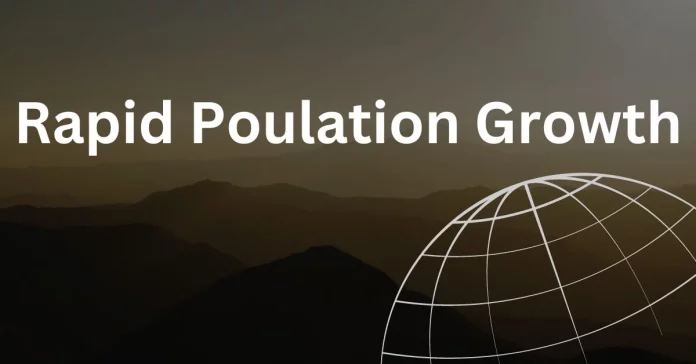Understanding Rapid Population Growth in the 21st Century
The 21st century is marked by rapid population growth, with the global population projected to reach 9.7 billion by 2050, according to the United Nations. The main drivers of this population growth include high fertility rates, increased life expectancy, and migration. While population growth has some positive impacts, such as economic growth and innovation, its negative impacts are much more devastating and will affect every country on earth.
The Severe Consequences of Rapid Population Growth
Rapid population growth has several severe consequences, including environmental degradation, resource depletion, and social and economic instability. The increasing demand for food, water, and energy, combined with climate change, will exacerbate environmental degradation, leading to soil erosion, deforestation, and loss of biodiversity. Resource depletion, including water scarcity, will intensify, resulting in conflicts over natural resources.
Moreover, rapid population growth puts enormous pressure on infrastructure, health care, and education systems. The high demand for jobs will result in unemployment, poverty, and crime. Overcrowding in cities will increase, leading to inadequate housing and sanitation, and spread of diseases. Migration will further exacerbate these issues, leading to social and cultural tensions.
Population Growth Trends and Projections
Population growth has been on an upward trend since the 18th century, but the rate of growth has accelerated in the last century. The global population was 2.5 billion in 1950 and has more than doubled to 7.8 billion in 2021. According to the United Nations, Africa is projected to have the fastest population growth in the coming decades, with the population expected to increase by 1.3 billion by 2050. Asia is also projected to see a population increase of 717 million by 2050.
Real-life Examples of the Negative Impacts of Rapid Population Growth
Real-life examples of the negative impacts of rapid population growth can be seen in many countries. For instance, in India, rapid population growth has led to overcrowding, pollution, and resource depletion. The country is facing a water crisis, with some regions experiencing acute water scarcity. The high demand for jobs has resulted in unemployment and poverty, leading to social unrest.
In Nigeria, rapid population growth has led to environmental degradation and food insecurity. The country is facing deforestation, soil erosion, and loss of biodiversity, and the high demand for food has put pressure on the agriculture sector, leading to food shortages and high food prices. The high fertility rate and low life expectancy have resulted in a high dependency ratio, leading to social and economic instability.
Addressing the Negative Impacts of Rapid Population Growth
In conclusion, rapid population growth is a major challenge that needs to be addressed urgently. Governments, international organizations, and individuals must take action to mitigate its negative impacts. This includes investing in education and health care, promoting family planning and reproductive health, and addressing the root causes of migration. Additionally, there is a need for sustainable development practices, including resource conservation, renewable energy, and sustainable agriculture, to ensure that the planet can sustain the growing population. Failure to address the negative impacts of rapid population growth will have severe consequences for humanity and the planet as a whole.











